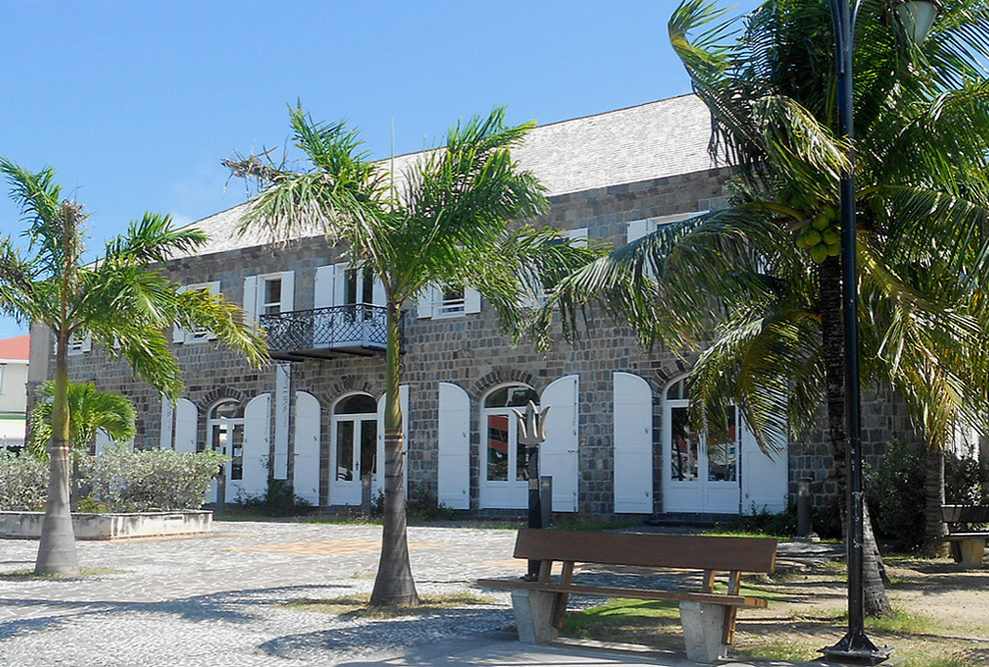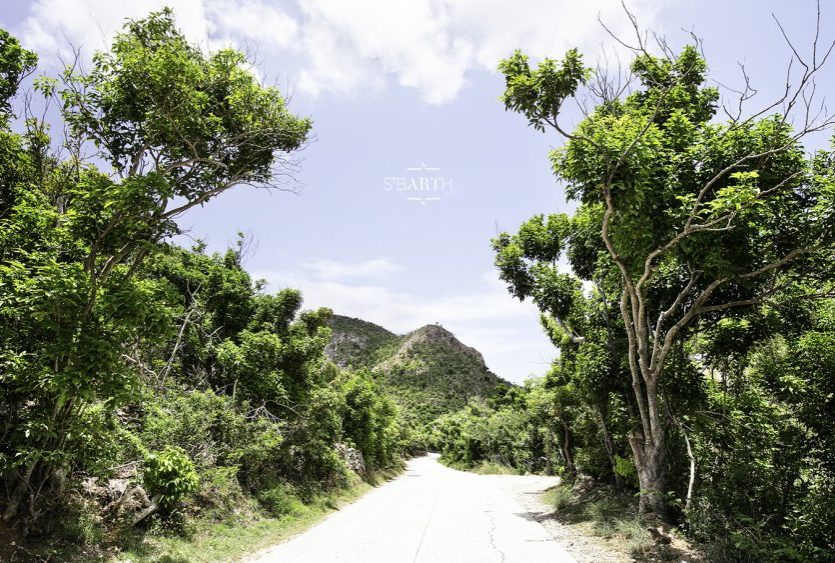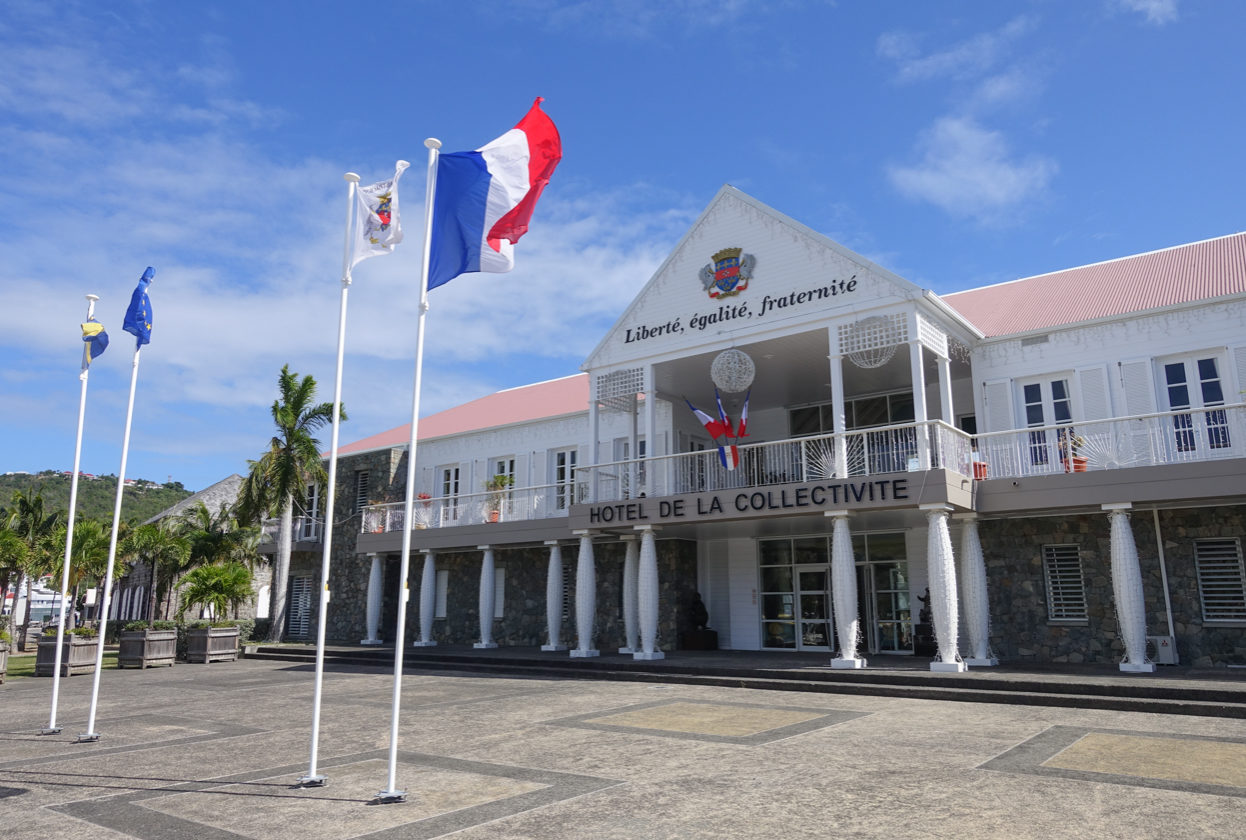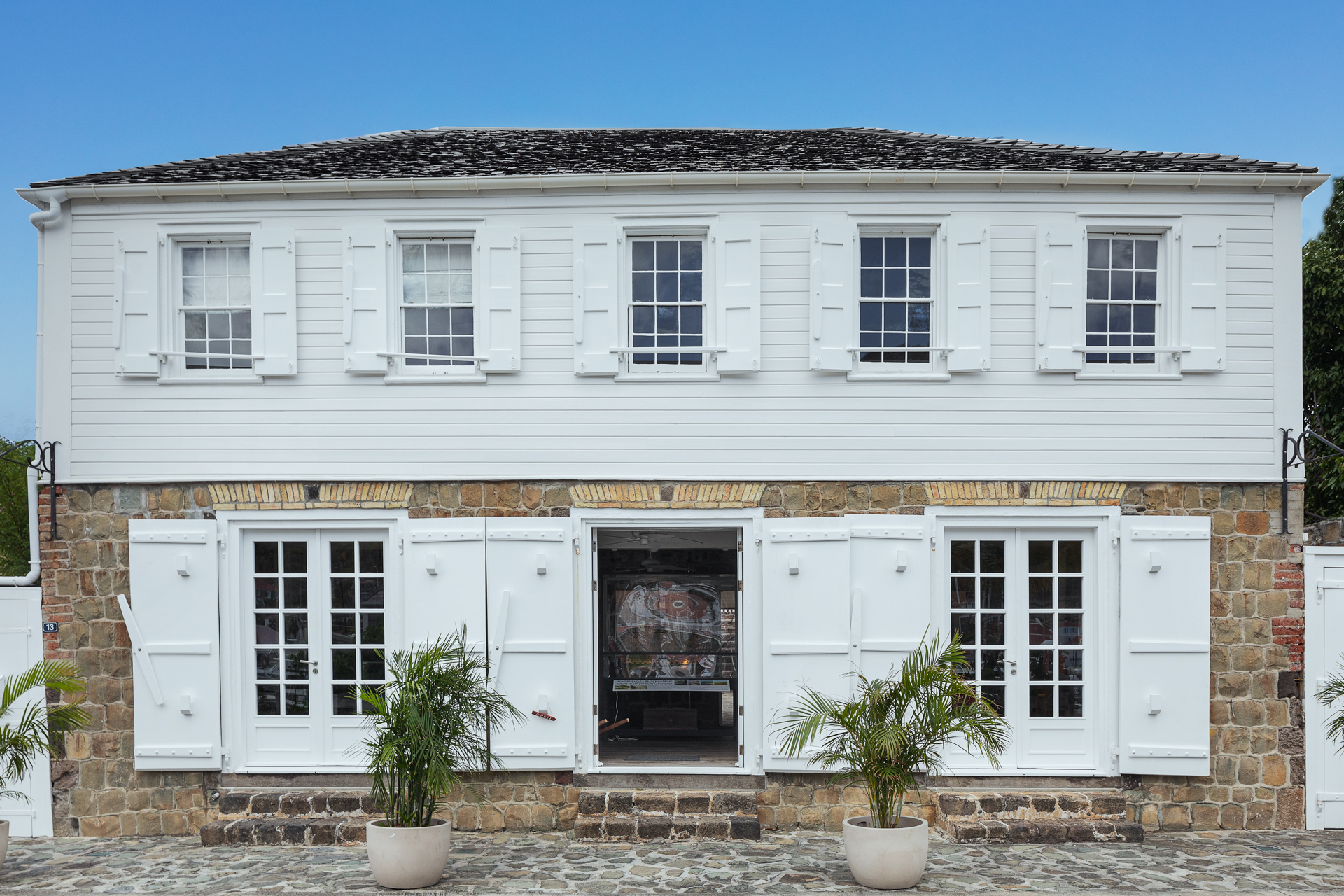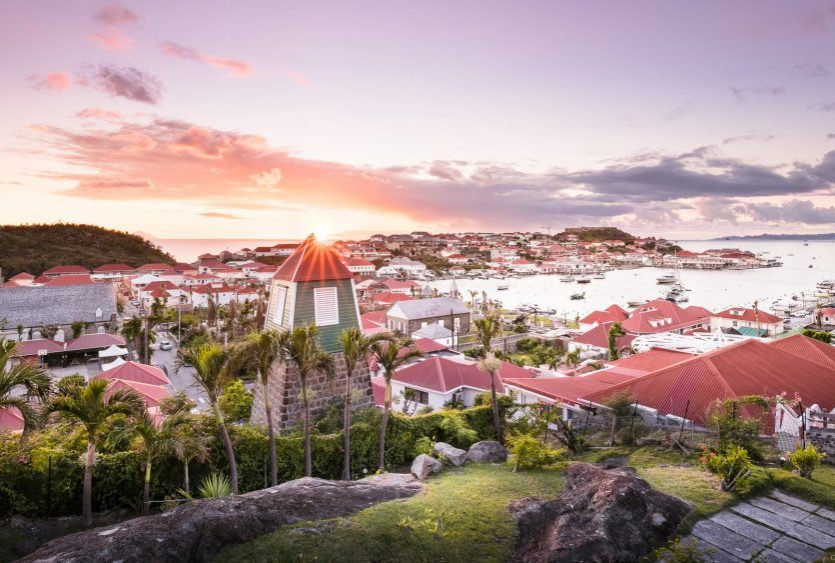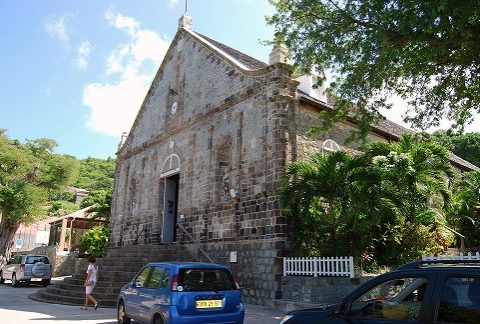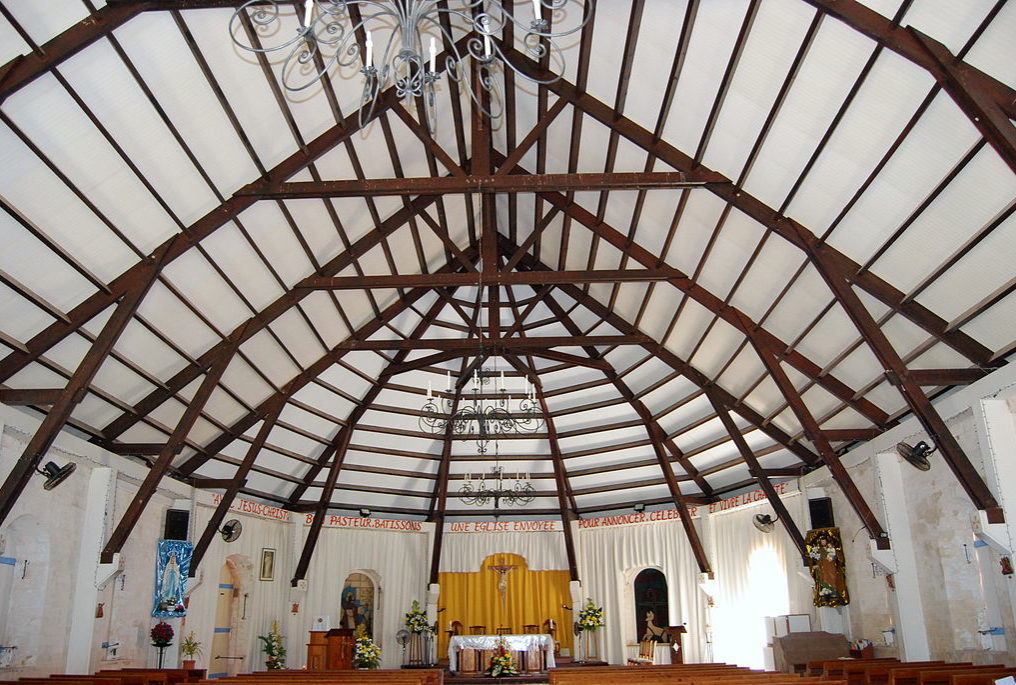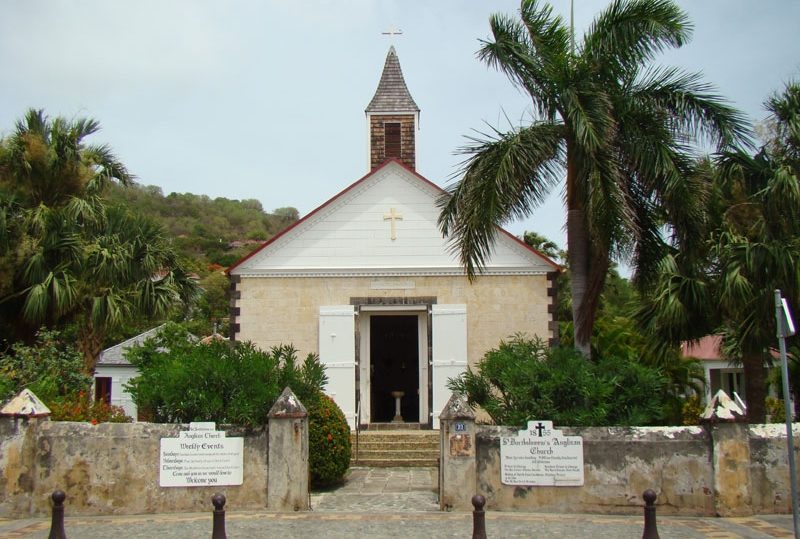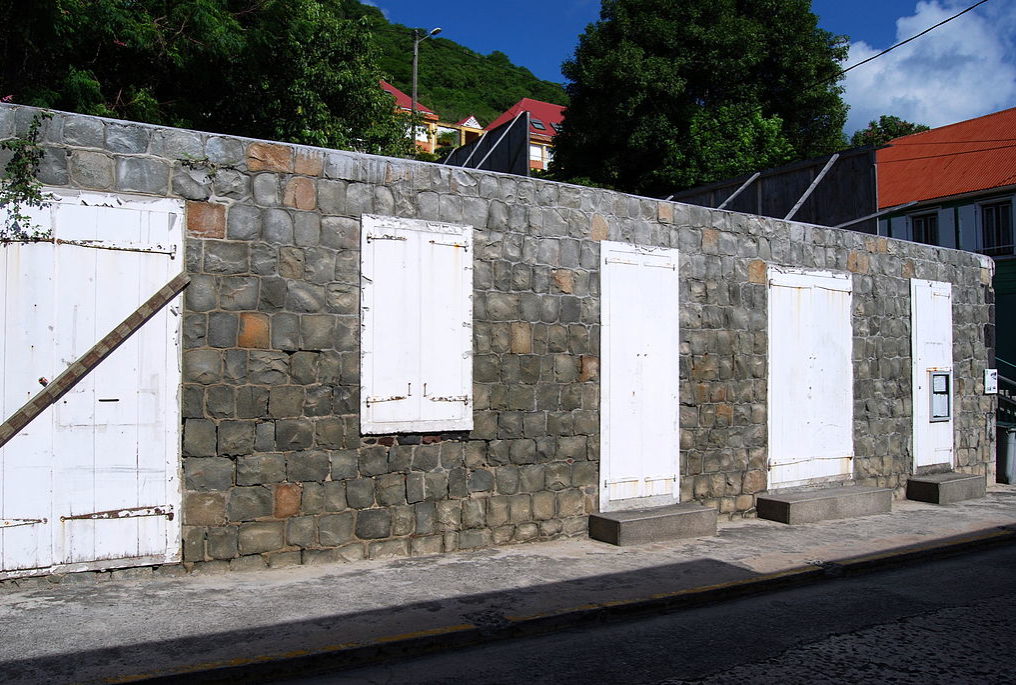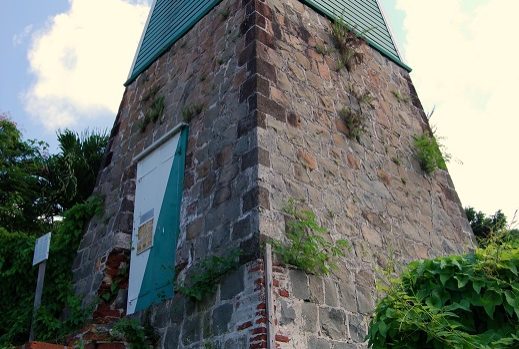This stone building is one of the largest in Gustavia, and its history is somewhat unclear. According to city maps drawn by Samuel Fahlberg, some believe it served as a theater and entertainment venue, while others think it was a hotel,
[vc_row][vc_column][vc_column_text]Lorient district is one of the first districts of the island; It is also the cradle of evangelization according to some sources, its many times destroyed church, which seems to watch over the picturesque and peaceful surrounding cemetery, also hosts
Inaugurated in January 2002, the Town Hall became the Hôtel de la Collectivité in July 2007. Saint Barthélemy was transformed into COM by the organic law of February 21, 2007 under the name of "Collectivité de Saint Barthélemy". Contact infos Address: Gustavia,
The Dinzey house, known as Le Brigantin, is located in Gustavia on the island of Saint-Barthélemy. The house, the enclosing wall, the gardens, the terraced courtyard and the outbuildings are protected as Historical Monuments. This house has been listed as a
[vc_row][vc_column][vc_column_text] Gustavia is the main town of the island of St Barts and the capital of the French overseas collectivity in the French west indies. It is located on the west coast of St Barts (Saint-Barthélemy). The city is built around
[vc_row][vc_column][vc_column_text]This 19th century Catholic church is located in Gustavia on the island of Saint Barthélemy. The bell tower, the square and the enclosure are protected as Historical Monuments. The Notre-Dame de l'Assomption church was completed in 1829. Severely damaged by the
[vc_row][vc_column][vc_column_text]The Notre-Dame-de-l'Assomption church in Lorient, built around 1850, is located on the island of Saint-Barthélemy, district of Lorient. Its bell tower is protected as a Historic Monument. The Notre-Dame-de-l'Assomption church was founded around 1724 then: set on fire by pirates; rebuilt in 1820
[vc_row][vc_column][vc_column_text]The Anglican Church was built from 1853 to 1855. Small in size, the walls are made of local stone, except for the facade facing the port, which is made of limestone. The roof was originally covered with wood shingles (essences)
The Governors' House was built in the 1780s. It is located in Gustavia on the island of Saint-Barthélemy. It became the Governors' Hall during the Swedish era (1785-1877), then the Gustavia town hall, in 1878 until December 13, 2001. This house
[vc_row][vc_column][vc_column_text]The swedish bell tower was built to replace the old bell tower of the Protestant Sophia Magdalena church. This church, named in honor of the Swedish queen Sophie-Madeleine of Denmark, was one of the first projects carried out by Swedish



